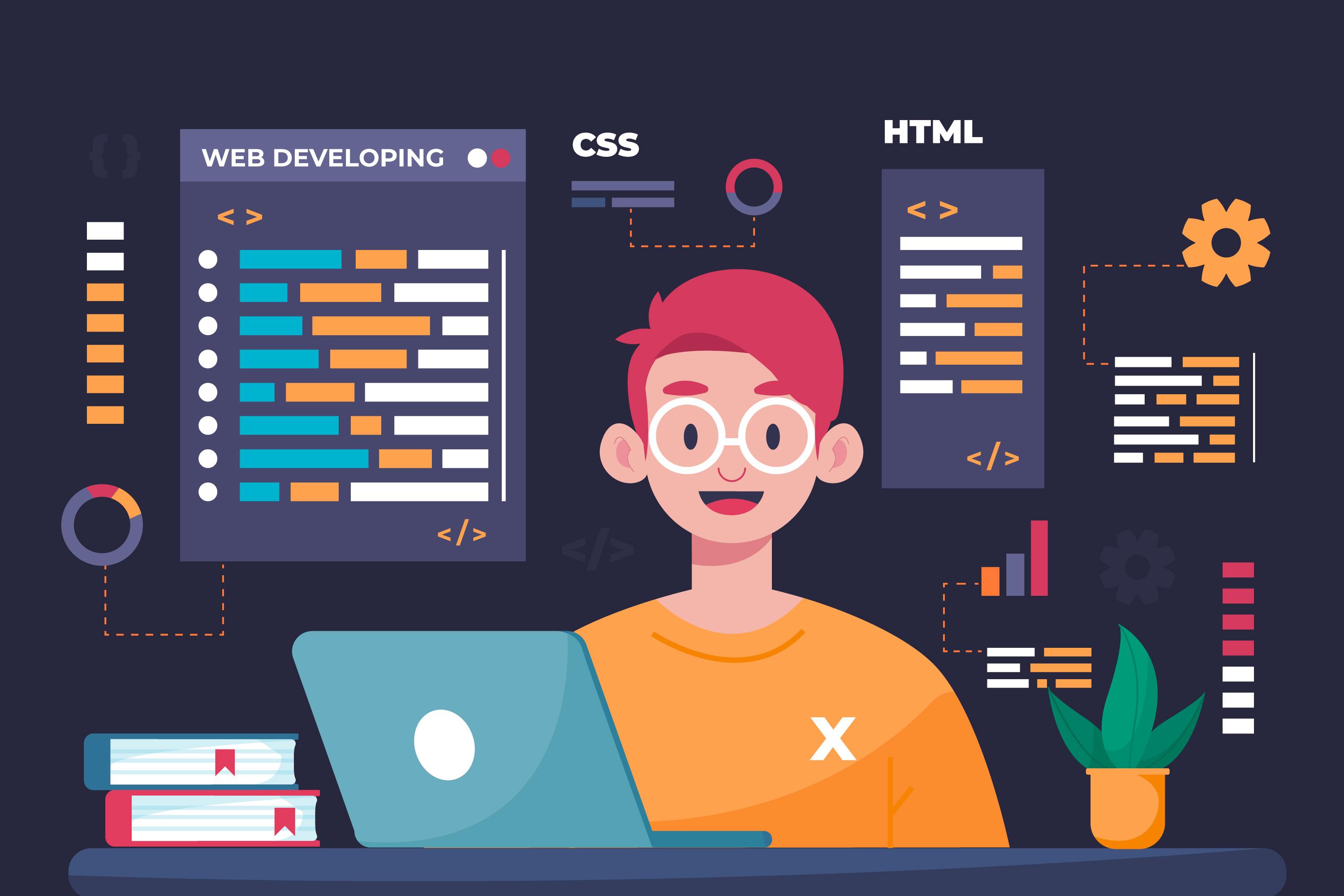Hire Dedicated Developers for Your Next Big Project with Confidence
Hire Dedicated Developers for Your Next Big Project with Confidence
Blog Article
Committed Developers vs. In-House Teams: Which Is Right for You?
The decision between making use of devoted designers and maintaining an internal team is a substantial one that can impact the trajectory of your jobs and general service method. Alternatively, internal teams contribute to a natural firm culture and a nuanced understanding of long-term objectives.
Understanding Dedicated Designers
The growing need for specialized skills in the tech market has actually resulted in the development of specialized designers as a practical solution for lots of organizations. These experts are normally acquired on a task basis, permitting firms to take advantage of details expertise without the long-lasting dedication connected with full-time hires. Devoted programmers are frequently ingrained within a customer's group, providing adaptability and scalability to fulfill project needs.
This design permits organizations to access a global skill swimming pool, which is particularly useful in a swiftly advancing technical landscape. Committed designers can be sourced from numerous geographical locations, ensuring that firms can locate the best ability at competitive prices. They frequently bring a wide range of experience and understanding, having actually serviced diverse jobs throughout various sectors.
Additionally, committed developers can focus specifically on the jobs handy, boosting productivity and effectiveness. They are geared up to incorporate effortlessly into existing workflows, teaming up very closely with internal groups to attain project objectives. This approach not just minimizes the concern of recruitment and training however likewise permits organizations to remain active, adjusting rapidly to altering market needs and technical developments.
Advantages of In-House Teams

Furthermore, in-house groups often tend to have a deeper understanding of the firm's goal, values, and objectives. This positioning can improve worker engagement and motivation, as team members really feel much more connected to their job and the organization's success. Additionally, having a committed in-house team enables far better placement of techniques and purposes, as these members are regularly concentrated on the company's top priorities.
Internal groups additionally assist in quicker decision-making procedures, as they can react much more quickly to adjustments and difficulties. The well-known partnerships and knowledge with business protocols enable structured workflows and reduced miscommunication. Eventually, the combination of a natural society, alignment with organizational objectives, and reliable communication makes in-house teams a valuable property for many companies, specifically those looking to cultivate lasting growth and advancement.
Price Factors To Consider
When evaluating expense considerations, both dedicated developers and in-house teams existing distinct monetary ramifications for organizations. Involving committed developers generally includes a pay-per-project or per hour rate model, which can be economical for services with rising and fall job demands. This strategy permits for flexibility in scaling resources up or down, making sure that business just spend for the solutions they need.
On the other hand, in-house groups involve fixed expenses, including wages, benefits, and overhead expenses such as workplace room and tools. While this design provides higher control and immediate accessibility of sources, it might result in higher long-term costs, particularly if the workload does not validate a full time personnel.
Moreover, firms need to think about the concealed costs connected with employment and training of in-house workers, which can further stress spending plans. In some situations, the moment and sources invested in handling an internal team can interfere with the company's core business goals.

Project Administration and Adaptability
Project administration and adaptability are crucial aspects that influence the selection between specialized programmers and internal teams. Committed designers typically provide a high level of flexibility, allowing organizations to range sources up or down based upon project demands. This agility can be especially helpful for organizations experiencing fluctuating workloads or those seeking to innovate rapidly. Dedicated software engineering staffing teams typically have actually developed procedures for taking care of jobs properly, leveraging specific approaches like Agile or Scrum, which assist in repetitive development and versatility.

Inevitably, the choice in between devoted designers and internal groups depends upon the wanted level of adaptability and the particular job management demands. Business must examine their operational dynamics, job complexity, and resource schedule to figure out which option aligns ideal with their critical goals.
Making the Right Selection
Selecting the appropriate advancement strategy-- devoted designers or internal groups-- calls for a mindful assessment of various factors that straighten with a company's tactical goals. hire dedicated developers. Initially, take into consideration the nature of the project. If it demands specialized skills or a quick scale-up, devoted programmers might be preferable. Alternatively, internal groups can supply much better continuity and assimilation with existing employees.
Following, review your spending plan. Committed programmers frequently offer an economical remedy for temporary jobs, while internal groups might sustain higher long-term expenditures as a result of wages, advantages, and expenses expenses. Examine the degree of control and partnership desired; in-house groups commonly promote stronger interaction and positioning with company culture.
Furthermore, take into consideration the moment framework. If prompt results are required, committed programmers can be onboarded quickly, whereas building an internal team takes some time for employment and training. Ultimately, evaluate the long-lasting vision of your company. Spending in an in-house team might yield much better returns over time if continual advancement is vital. Inevitably, the decision hinges on a detailed analysis of these factors, making certain placement with your business's general purposes and functional demands.
Verdict
In conclusion, the choice between in-house groups and specialized programmers hinges on task needs and organizational objectives. On the other hand, internal teams grow a natural culture and deeper alignment with lasting goals.
The choice in between utilizing dedicated designers and keeping an in-house team is a substantial one that can influence the trajectory of your jobs and general business technique.Project management and versatility are vital factors that affect the option in between devoted developers and in-house teams. offshore software development.In contrast, in-house teams may stand out in preserving a consistent task management structure due to their knowledge with the organization's society and lasting objectives. Devoted developers typically offer a cost-efficient option for short-term projects, while internal teams might sustain greater lasting expenditures due to wages, advantages, and overhead costs.In conclusion, the decision in between committed designers and in-house teams pivots on task demands and business objectives
Report this page